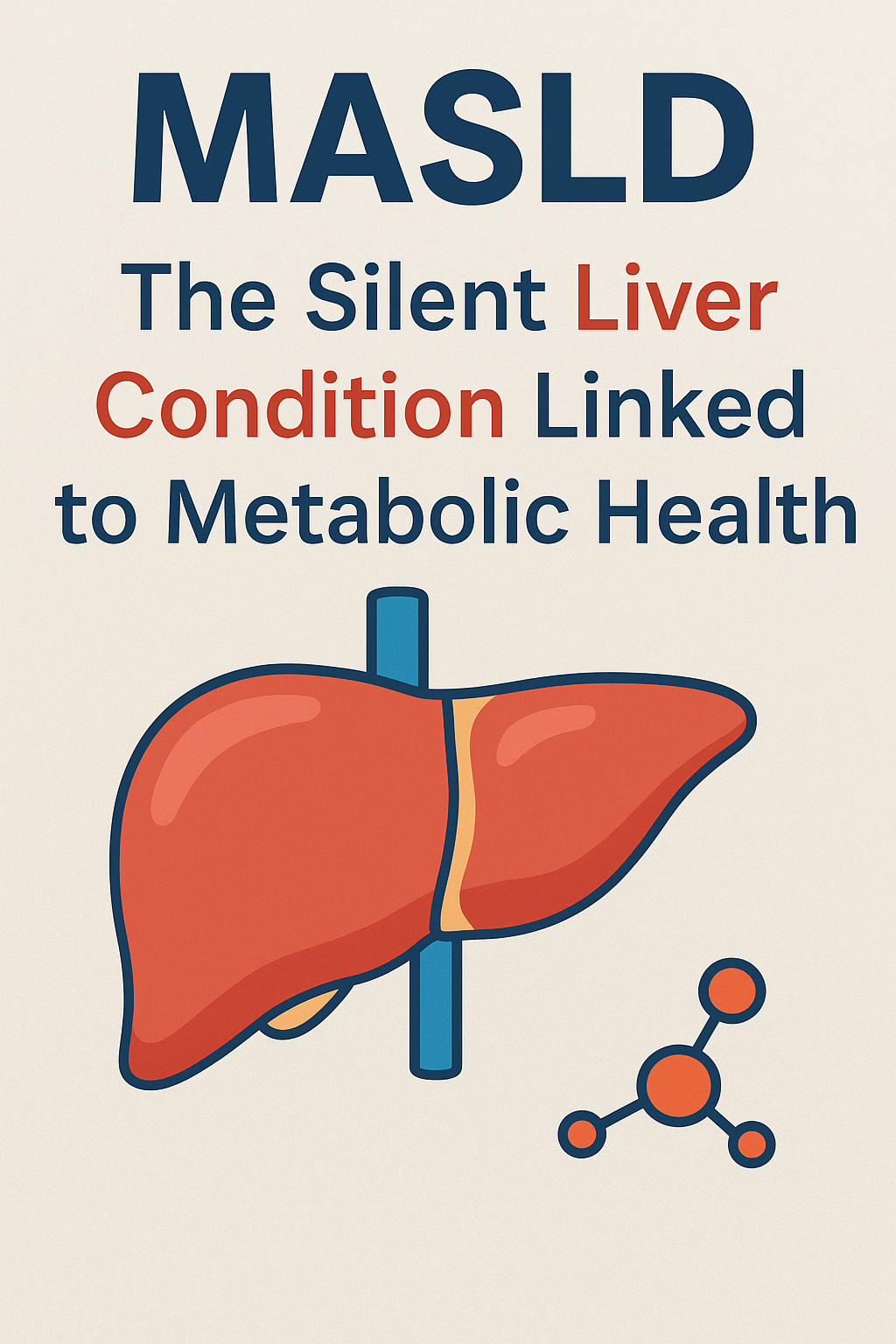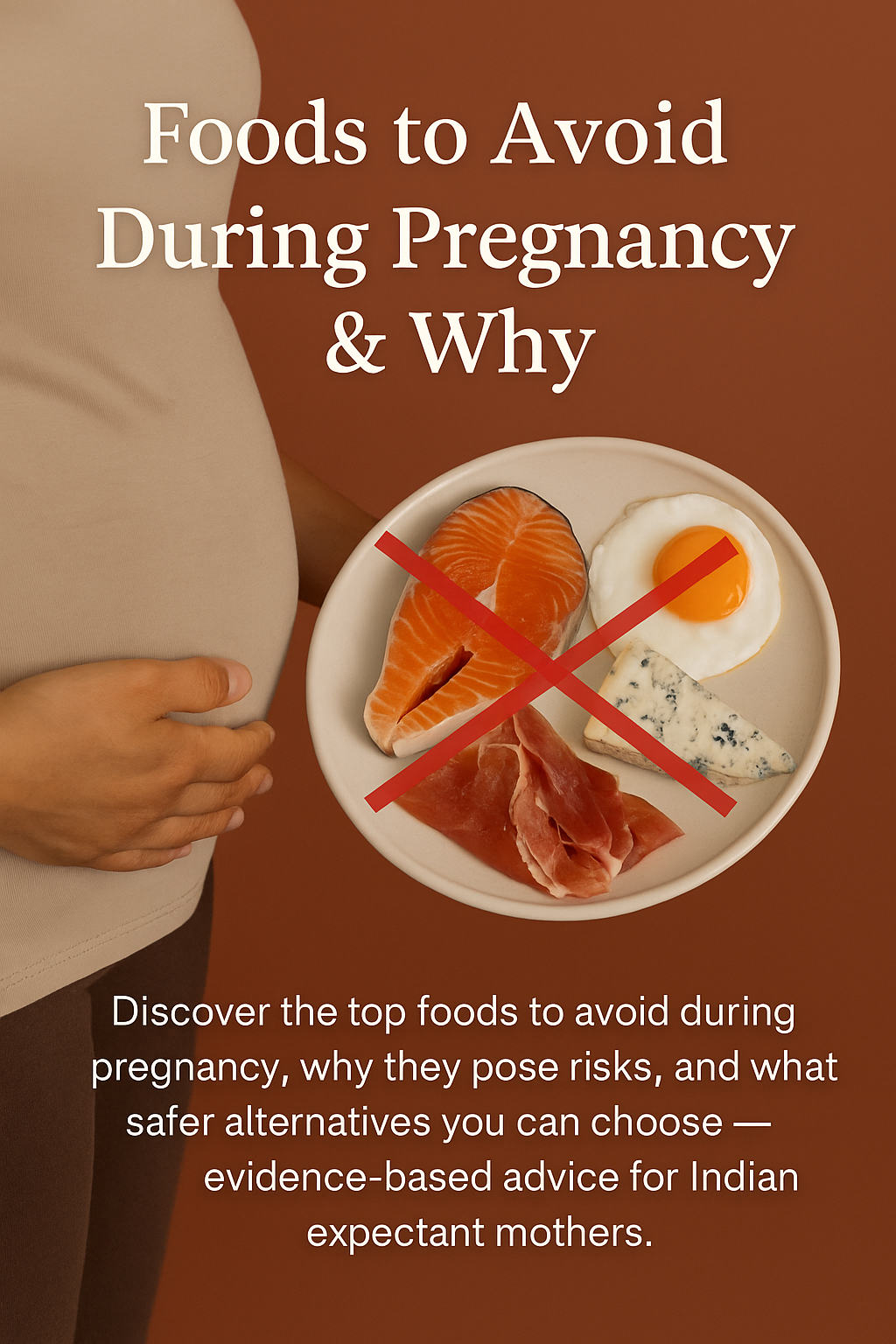When we think about preventing breast cancer, most of us imagine diet changes, regular screenings, or lifestyle habits later in life. But new research is shining light on a game-changing discovery: starting strength training early—in the teens and young adulthood—can cut breast cancer risk nearly in half.
📊 What the Research Shows
A recent population-based study examined how resistance training (RT) across different age periods influenced breast cancer risk.
-
Prevalence of RT: Only 2% to 11% of women reported doing resistance training, depending on their age group.
-
Biggest impact: Women who engaged in RT between the ages of 15–24 years had a 52% lower risk of developing breast cancer compared to those who did none.
-
Numbers matter: Adjusted odds ratio was 0.48 (95% CI: 0.25–0.91), which means the effect was statistically significant and protective.
That’s a dramatic reduction from one simple, accessible habit.
🔍 Why Does Strength Training Matter?
-
Hormonal balance → Helps regulate estrogen and insulin, two hormones strongly linked to breast cancer.
-
Reduced inflammation → Muscle activity releases protective molecules that lower systemic inflammation.
-
Improved body composition → More lean muscle, less visceral fat = lower lifetime risk.
-
Long-term resilience → Habits formed early persist into adulthood, amplifying protective benefits.
🌸 Why Early Years Are Critical
Teenage and young adult years are a sensitive window when breast tissue is still developing. Exposures and habits during this period can have lifelong effects. Engaging in resistance training during this phase may “program” healthier hormone responses and cellular resilience against cancer.
✅ Simple Ways Young Women Can Get Started
-
Bodyweight moves: Squats, lunges, push-ups.
-
Resistance bands: Affordable, safe, and versatile.
-
Free weights: Start light, focus on form.
-
School or college gyms: Encourage structured programs for young women.
-
Sports participation: Many sports naturally build strength.
Even 2–3 sessions per week is enough to make a measurable difference.
🌟 The Takeaway
While breast cancer prevention often focuses on midlife, science is clear: early adoption of resistance training could be a powerful, underestimated prevention tool.
Encouraging our daughters, sisters, and young women to lift weights isn’t just about fitness—it’s about long-term health and cancer prevention.
📖 Reference:
Modi HD, et al. (2025). Resistance Training and the Risk of Breast Cancer. Cancer Causes & Control. Case–control study in Western Australia examined whether resistance training (RT) during different age periods influenced breast cancer risk. Among women aged 15–24 years, engaging in RT was associated with a 52% lower risk of breast cancer (adjusted odds ratio 0.48; 95% CI: 0.25–0.91) compared to none, though no association was found for later age periods. RT prevalence ranged from 2%–11% across age categories.

Akanksha Sharma
Dr. Akanksha Sharma, Head Writer and creator of AtoZ of Pregnancy, is dedicated to empowering women, parents, and families through 360-degree knowledge. She and her team provide evidence-based advice to guide families through pregnancy, parenting and beyond.






